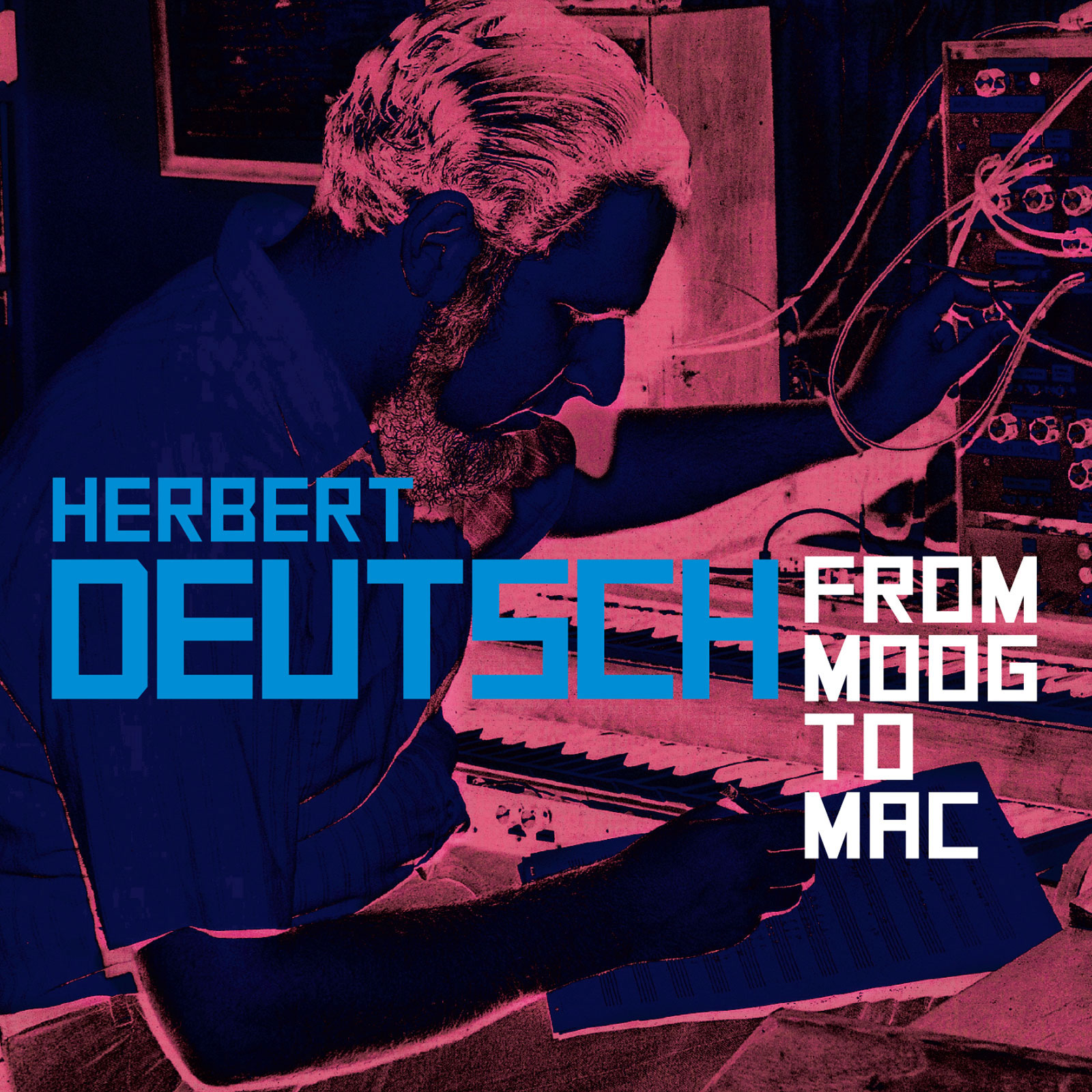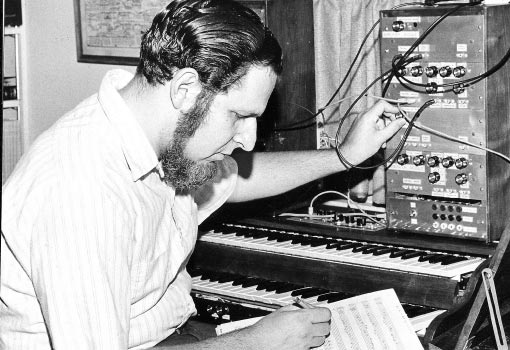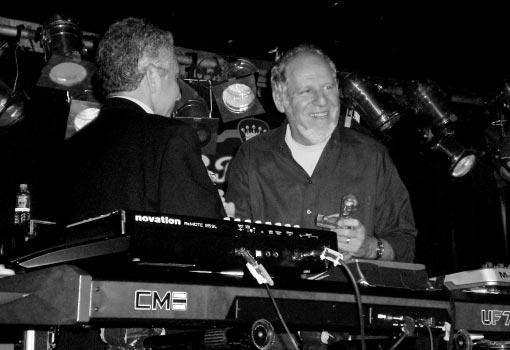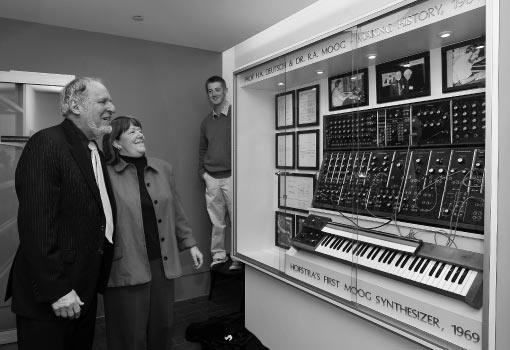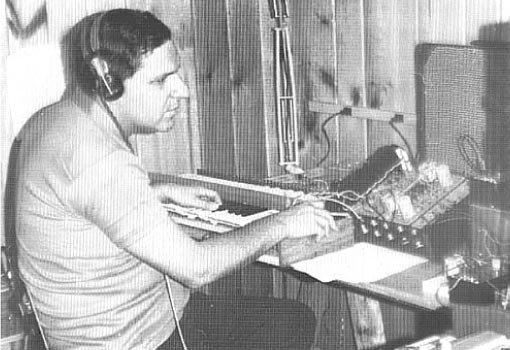From Moog To Mac
Herbert Deutsch composer
While Bob Moog is regarded the inventor of the Moog synthesizer, musician and composer Herbert Deutsch was an invaluable partner in developing the instrument for musical use. Composing the first piece of music for the original synthesizer, suggesting the keyboard interface, and relaying to Moog the potential benefits and improvements for musicians and composers, Deutsch established himself as a solid collaborator and a pioneer in his own right.
FROM MOOG TO MAC is a collection of Deutsch’s compositions for and performances on the Moog synthesizer spanning the last 30 years, from works written using the original “portable electronic music studio” to those written on the modern variations. This historic release features developmental tracks tracking the genesis and improvements on the synthesizers, in which Deutsch frequently pushes the boundaries of both musical content and technological innovation.
Listen
Track Listing & Credits
| # | Title | Composer | Performer | |
|---|---|---|---|---|
| 01 | A Christmas Carol | Herbert Deutsch | Albert Tepper, Herbert Beattie, Brana Schwartz, narration; Brana Schwartz, vocals | 6:24 |
| 02 | The Abominatron | Herbert Deutsch | Robert Arthur Moog, narration, prototype synthesizer | 6:32 |
| 03 | Jazz Images, A Worksong and Blues | Herbert Deutsch | Herbert Deutsch, trumpet, piano | 9:58 |
| 04 | A Little Night Music, The Ithaca Journal, August 6, 1965 | Herbert Deutsch | Robert Arthur Moog, vocals; Herbert Deutsch, vocals | 3:43 |
| 05 | Prologue to King Richard III | Herbert Deutsch | Herbert Beattie, voice of Richard III | 3:18 |
| 06 | Sleight of Hand (Mr. Magic Man) | Herbert Deutsch | Karen Saunders, alto | 6:03 |
| 07 | Abyss | Herbert Deutsch | Patricia Spencer, piccolo; Grace Anderson. mezzo-soprano | 7:13 |
| 08 | Fantasy on "Sometimes I Feel Like a Motherless Child" | Herbert Deutsch | John Marshall, alto and soprano saxophones | 11:06 |
| 09 | 2 Songs Without Words: No. 1. Longing | Herbert Deutsch | Darryl Kubian, theremin; Nancy Deutsch, piano | 3:40 |
| 10 | 2 Songs Without Words: No. 2. Circling (You Did Not Know) | Herbert Deutsch | Darryl Kubian, theremin; Nancy Deutsch, piano | 3:52 |
A Little Night Music, The Ithaca Journal Aug. 6, 1965
feat: Participants in the 1965 Moog/Deutsch Workshop
Sleight of Hand (Mister Magic Man)
text: Herbert Deutsch and Karen Saunders (1989)
(Used with permission of 4Tay Records, from the album WOMAN IN DARKNESS)
Abyss
text: Sonia Usatch (1994)
(Used with permission of 4Tay Records, from the album WOMEN IN DARKNESS)
Original Editing and Mastering:
Darryl Kubian of Xtreme Medium
Video production: Michael Sterling
Executive Producer Bob Lord
Product Manager Jeff Leroy
Mastering Mark Fellows
Art & Production Director Brett Picknell
A&R Jon McCormack
PR Coordinator Rory Cooper
Artist Information

Herbert Deutsch
Herbert Deutsch was a composer, author, educator, and performer, and was Professor of Music at Hofstra University for 57 years. He is a composer of music in various media and his work has been widely performed, and commissioned works have been featured at national and regional conferences. In 1972, Deutsch co-founded the Long Island Composers Alliance. During his career at Hofstra, he founded Jazz Ensemble, Electronic Music Studios, New Music Ensemble, and created the B.S. Degree programs in Jazz, Composition/Theory and Music Business. He received the George Estabrook Distinguished Alumni Award in 1996 and the Hofstra Alumni Achievement Award in 2001. The Music Department has established the Herbert Deutsch Award for highest honors in Music Education.

